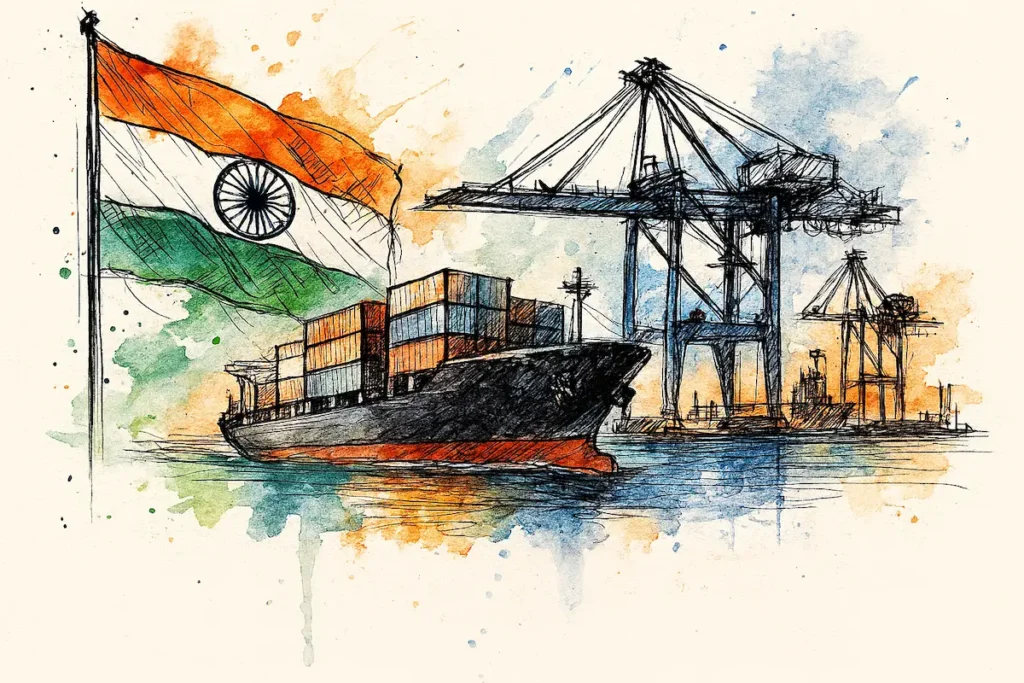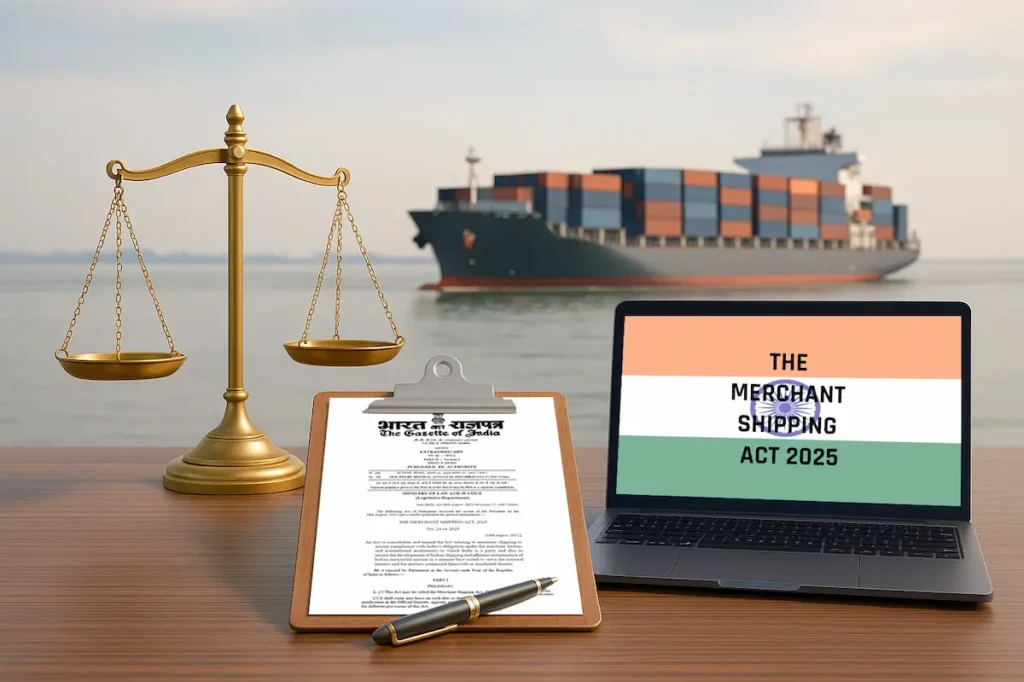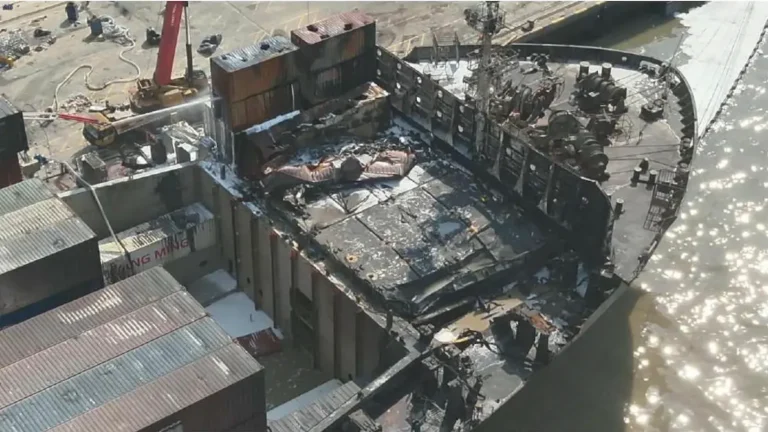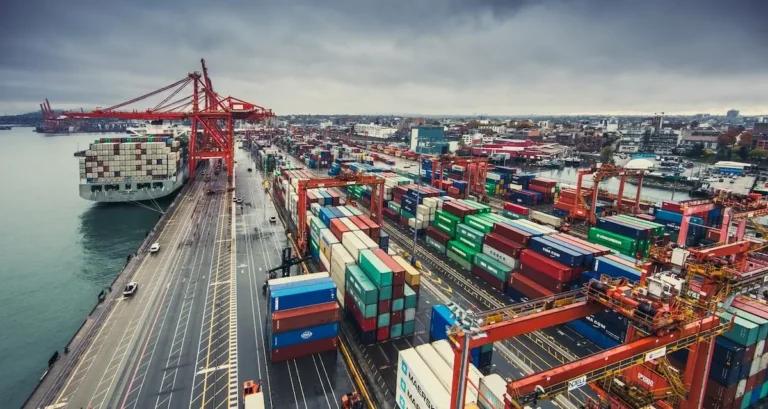The recent collision between the MV Solong and the MV Stena Immaculate in the North Sea has significant legal implications, encompassing environmental liability, maritime safety regulations, maritime disasters, and potential criminal investigations.
The Stena Immaculate, a U.S.-flagged oil tanker, was anchored and carrying approximately 220,000 barrels of Jet A1 aviation fuel destined for the U.S. Air Force. The Solong, a Portuguese-flagged container ship, collided with the stationary tanker, leading to multiple explosions and a substantial jet fuel spill into the North Sea.
Under U.K. law, the Stena Immaculate and its insurers are strictly liable for any pollution resulting from its cargo.
Similarly, both vessels and their insurers would be liable for pollution arising from bunker oil released during the incident. The environmental impact is further exacerbated by the MV Solong’s cargo, which included 15 containers of sodium cyanide, a highly toxic chemical.
The release of such substances poses severe risks to marine life and coastal ecosystems, potentially leading to extensive environmental damage.
Maritime law and safety protocols
The incident raises critical questions about adherence to maritime safety protocols. Preliminary investigations suggest that the MV Solong was operating on autopilot at the time of the collision, with no crew members actively monitoring its course.
This alleged lapse could constitute a breach of international maritime regulations, which mandate vigilant navigation practices to prevent such accidents.
The Marine Accident Investigation Branch (MAIB) has initiated an inquiry to determine the exact cause of the collision and assess compliance with safety standards. Findings from this investigation could lead to regulatory reforms aimed at enhancing maritime safety.
Authorities have not ruled out the possibility of foul play in the collision. While early investigations have found no indication of intentional wrongdoing, the severity of the incident necessitates a thorough examination.
Factors such as poor visibility and human error are being considered. Should evidence of negligence or intentional misconduct emerge, criminal charges could be filed against responsible parties.
Additionally, the loss of life—one crew member from the MV Solong remains missing—could result in manslaughter charges if negligence is proven.
Both vessels sustained significant damage from the collision and subsequent fire. The financial burden of repairs, environmental cleanup, and potential legal settlements will likely be substantial.
Insurance implications
Insurance claims are expected to be complex, involving multiple parties and jurisdictions. Disputes may arise over the apportionment of liability, especially if negligence is established.
The incident could also lead to increased insurance premiums for the shipping companies involved and may influence future underwriting practices in the maritime industry.
Given that the Stena Immaculate was transporting jet fuel for the U.S. military, the collision has international ramifications.
The U.S. Department of Defence relies on commercial vessels like the Stena Immaculate for logistical support, and any disruption can affect military readiness. This incident may prompt a re-evaluation of current practices and lead to stricter oversight of vessels contracted for military purposes.
In conclusion, the MV Solong and MV Stena Immaculate collision presents multifaceted legal challenges, spanning environmental law, maritime law, maritime safety regulations, criminal liability, insurance complexities, and international policy considerations.
The outcomes of ongoing investigations will be pivotal in shaping future maritime practices and regulatory frameworks.
Views are that of the guest post Contributor – Aishwarye Dubey













